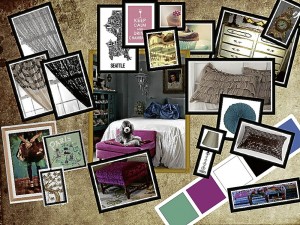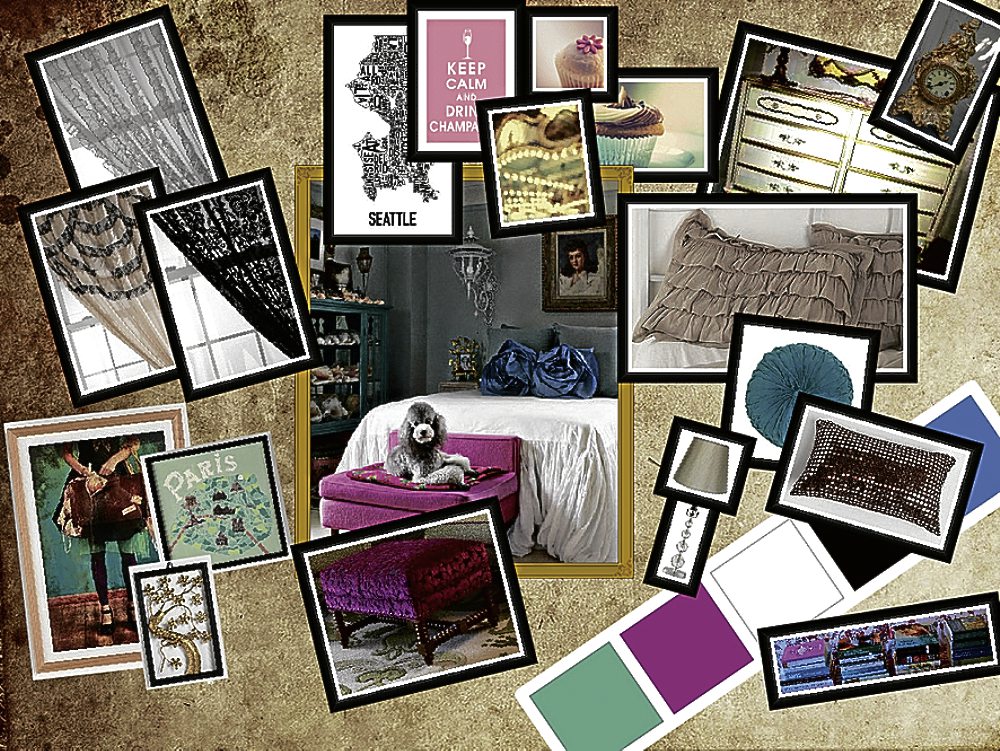
Yes, it does feel good to be a homeowner. But then, as you look at the wide, empty space of your property, it seems so bare. You think of a million ways to fill the space, and end up confused on where to start.
Should you go for this theme or another? Would it be wise to buy this shelf or should you just leave it in the store?
Decorating your own place may seem like a daunting task, but here are some simple steps you can follow to make furnishing your home easier:
Look for inspiration
Cast a wide net in looking for ideas. Grab what you love: tear out or copy from a book or a magazine. Save images from the Internet. Gather photos. Collect paint and fabric swatches.
You may also find inspiration from movies, art, fashion, nature and travels. Check out design blogs and feel free to post questions on their forum. Begin to gather your finds—paint and fabric swatches, catalog clippings, printouts of online items—in a file or box.
In the images that you’ve compiled, find a theme. Have you picked several things that feature the same red? Do they all seem to have lots of geometric patterns? Are you drawn to rooms filled with things or are you more of a minimalist? Start organizing your file and eliminate those that you feel won’t go with your desired theme.
Define your style
Naming your style helps you focus and filter out the things that don’t fit and those that do. Gather all the things you have identified and try to attach words or adjectives to them.
You can mix and match styles: Bohemian with a touch of feminine style, Masculine but neat and clean, Traditional Modern.
Try to answer the question “Is this me?” as you flip through a catalog or look at a chair in a store. Try to assess your personality and choose a look that you are comfortable with.

Ascertain room’s function
Think about your lifestyle and decorate accordingly. Knowing your lifestyle is essential to creating great spaces. Practical needs should guide your plans.
Do you have pets at home? Do you need extra space for them?
What activities will happen in your living area? Will it be a formal or casual setup? Will you entertain your guests there?
These are just sample questions that you need to ask yourself. It will also be helpful if you observe your daily activities and habits.
Assess your stuff
Sort out your things at home and classify them into four groups: Keep, Change, Give Away and Sell. Take a good look at each item and ask yourself: Do I need this? Does it fit in what I’m trying to create? Is it my style?
Measure all the things that you will keep so you know what exactly to work on in your floor plan.
Draft a floor plan
Know what to highlight. Assess the space in your home and decide what to highlight and what to hide. Think about how the room will appear when you walk in. For example, if you’re one of those people who would rather put the focus of a room on an accent chair rather than the TV, place the chair in a strategic spot where eyes will be on it.
Use graphing paper and pencils or find programs that have drag-and-drop features such as floorplanner.com and Microsoft Visio.
Also, you can mark life-size dimensions of furniture on the floor so you see how much space it occupies and what is left for you to work on. Draft different layouts and consider a few arrangements. Remember the importance of combining function with style.
Set a budget
Figure out what you have to spend on and be realistic about how much things cost. People have different approaches to spending and designing. Some people might want to do the entire space at once, even if that means using less-expensive pieces. Others choose to collect and shop slowly over time. Then, there are others who opt to splurge on one major element, leaving the rest of the budget on other items. Figure out which approach works best for you.
It would also be advisable to make a shopping list. Use the list to keep track of the things you should spend on. This allows you to allocate money on the things you need to spend on.
Next step is to investigate what’s out there in your price range. It pays to educate yourself and shop around. Familiarize yourself with resources and different suppliers.
Make a schedule
Finally, make a to-do list to save you time and avoid confusion. Draw up a list of everything that needs to be done and be specific: Order this sofa, hire a carpenter, send this chair to an upholsterer, call the antique shop.
The author is part of “Gabay: Dibuhong Umaakay,” the graduation exhibit of PSID’s Advanced Class of 2012 starting Sept. 29, at the former Super Sale Club, SM North Edsa, North Ave. cor. Edsa, QC. “Gabay” showcases 24 different spaces designed specifically to cater to the needs of the visually-impaired, hearing-impaired, elderly and handicapped.















































